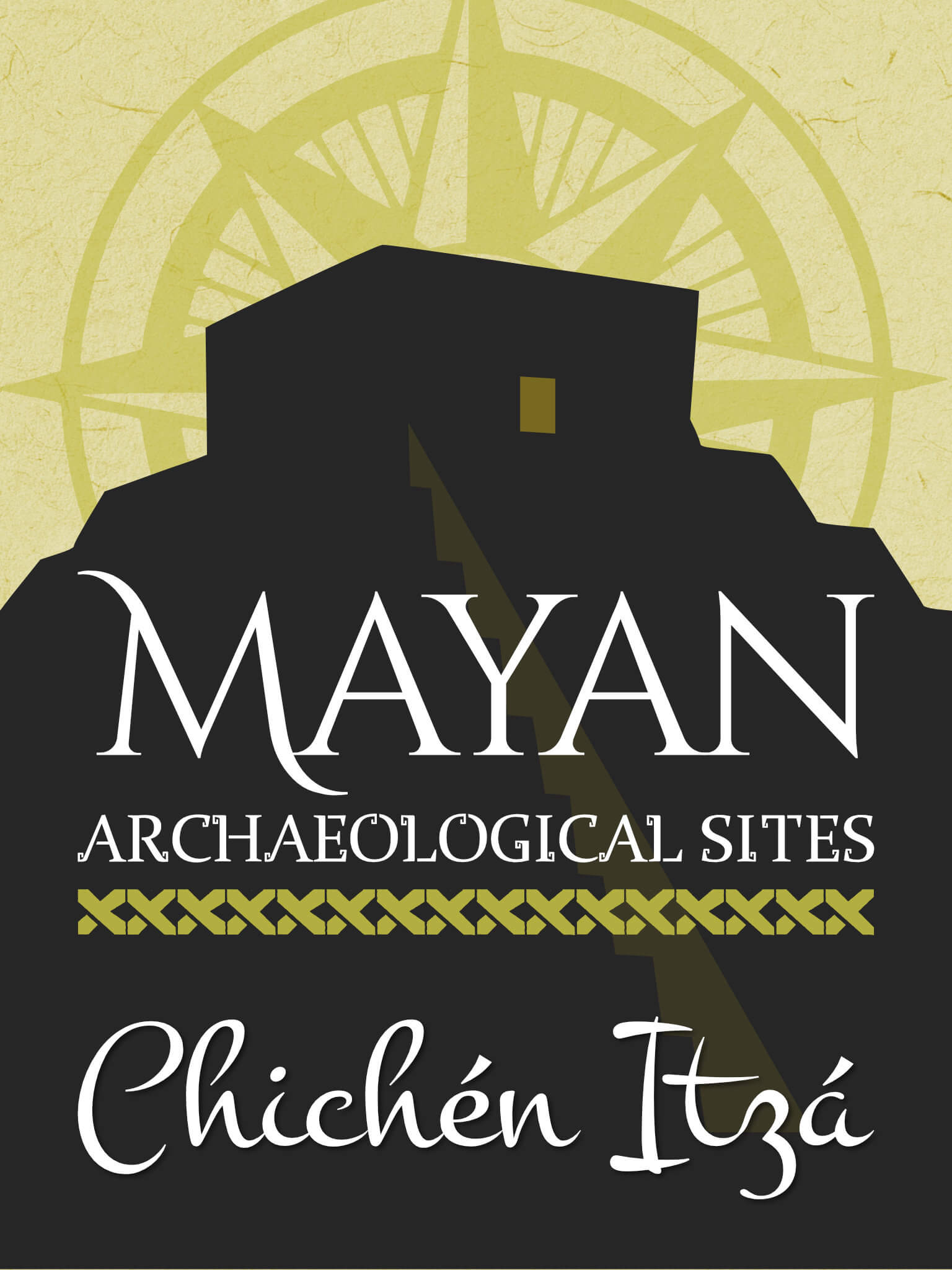
Mayan Archaeological SitesChichén ItzáThis is Volume 1 of the Series "Mayan Archaeological Sites" where you will find an in-depth description of Chichén Itzá's Pyramids, Temples, and Cenotes. You'll also learn about its history, tips, facts, and travel recommendations.
Interested in Mayan Archaeological Sites? This Book will give you all the information about each of the more than 30 things to see in Chichén Itzá, along with history and other related information. Traveling to Yucatán? You shouldn't make the long trip to this amazing Mayan Archaeological Site without reading this guide so you can appreciate more of what you're looking at once you're there.
I'm Sergio from Mayan Peninsula, this book is the 2020 version made especially for those interested in Archaeology and the Traveler that's planning a trip to this amazing Mayan city.
I hope you enjoy it!
CHICHÉN ITZÁ. The mouth of the water sorcerers' well
Chichén Itzá was a cosmopolitan city, with great openness and interaction with foreign cultures, which contributed to its development and made it different from other Classic Mayan cities. This place represents the most complete and spectacular example of the combination of Mayan and Toltec cultures that flourished and reached a remarkable extension under the influence of "colonizers" from Tula.
Location
Chichén Itzá is located in the State of Yucatan in Mexico, 120 km southeast of its capital Merida, and 200 km southwest to the city of Cancún.
Housing Periods
The most important housing period of Chichén Itzá has been divided into three; one corresponding from the years 550 to 800 which corresponds to a stage of pure Mayas; another from 800 to 1000 known as transitional, where the settlers from central Mexico arrived and brewed a new culture with the Maya, now called Mayan-Toltec; and the last one from 1050 to 1300 corresponding to the decline of the city.
| Language | Status |
|---|---|
|
Portuguese
|
Already translated.
Translated by Eduardo Klein
|
|
|
Author review: Amazing work Eduardo, thanks again. |